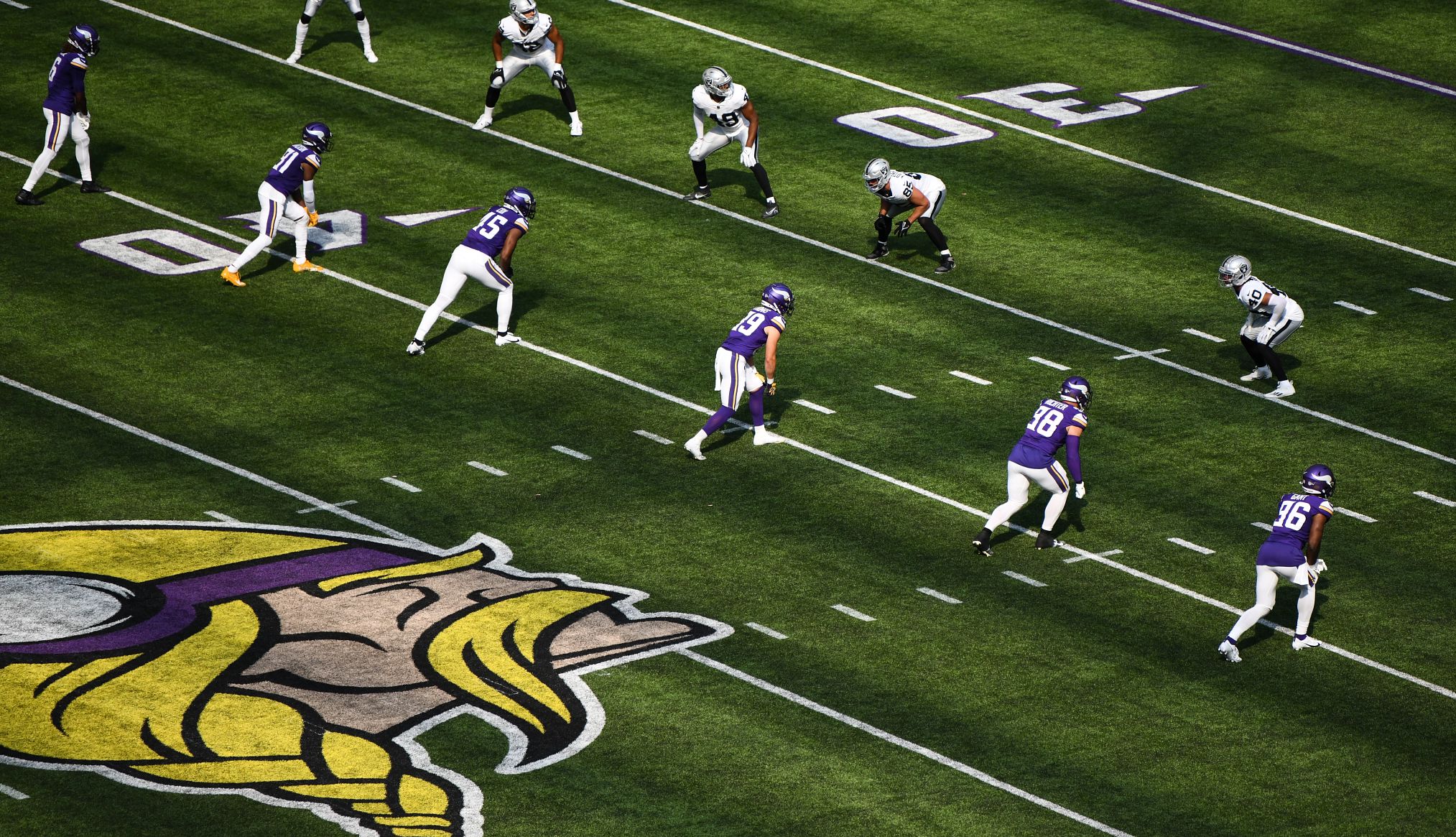AARP Hearing Center


The start of the 105th NFL season will look rather strange Thursday night when the defending Super Bowl champion Kansas City Chiefs host the Baltimore Ravens. And that weirdness will be evident right from the opening kickoff.
National Football League clubs adopted a complicated new “dynamic kickoff” rule in an effort to bring excitement back to the play, while simultaneously curtailing what the league has conceded is an “unacceptable” rate of injuries.
Though football is by nature a violent sport, kickoff returns have tended to have more ferocious collisions than most plays.
Last season saw an abundance of touchbacks, which for those unfamiliar with the sport refers to the non-returned kicks into the end zone, after which the offense would start from scrimmage with a fresh set of downs at the 25-yard line.
The return rate, in fact, was the lowest in NFL history.
The idea now is to encourage more returns, but also have the kickoff, as the league states on its website, “resemble a typical scrimmage play by aligning players on both teams closer together and restricting movement to reduce space and speed.”
Change is the name of the game
All the major North American pro sports leagues tweak the rules from time to time. Sometimes it is to bolster competition or speed things up. Sometimes it’s in the name of improving player safety. And sometimes, as when a league expands the number of teams that qualify for the playoffs, it’s to increase fan interest, which ultimately raises TV revenue and team owner profits.
But some rule changes are more consequential — and controversial — than others.
Whether your football fandom dates back to Hall of Fame Cleveland Browns kicker Lou “The Toe” Groza or is more recent, you may need a crash course to digest the new kickoff rules.
Huddle up.
Understanding the new rules
• On opening kickoffs, kickoffs following halftime, and kickoffs after touchdowns and field goals, the placekicker will kick off from his team’s 35-yard line, same as under the previous rules.
Kickoffs after safeties will take place from the 20-yard line, also the same as before.



































































More From AARP
Does Anyone Use Shortwave Radio Anymore?
Long distance receivers still let you tune in globallyAs I Get Older, I Care Less About Being Demure
Let’s normalize bold and brazen, not passive and agreeableKelly Ripa Is Embracing Her Empty Nest
Morning show host talks book picks, beauty tips, favorite ‘Live With Kelly and Mark’ memoriesRecommended for You